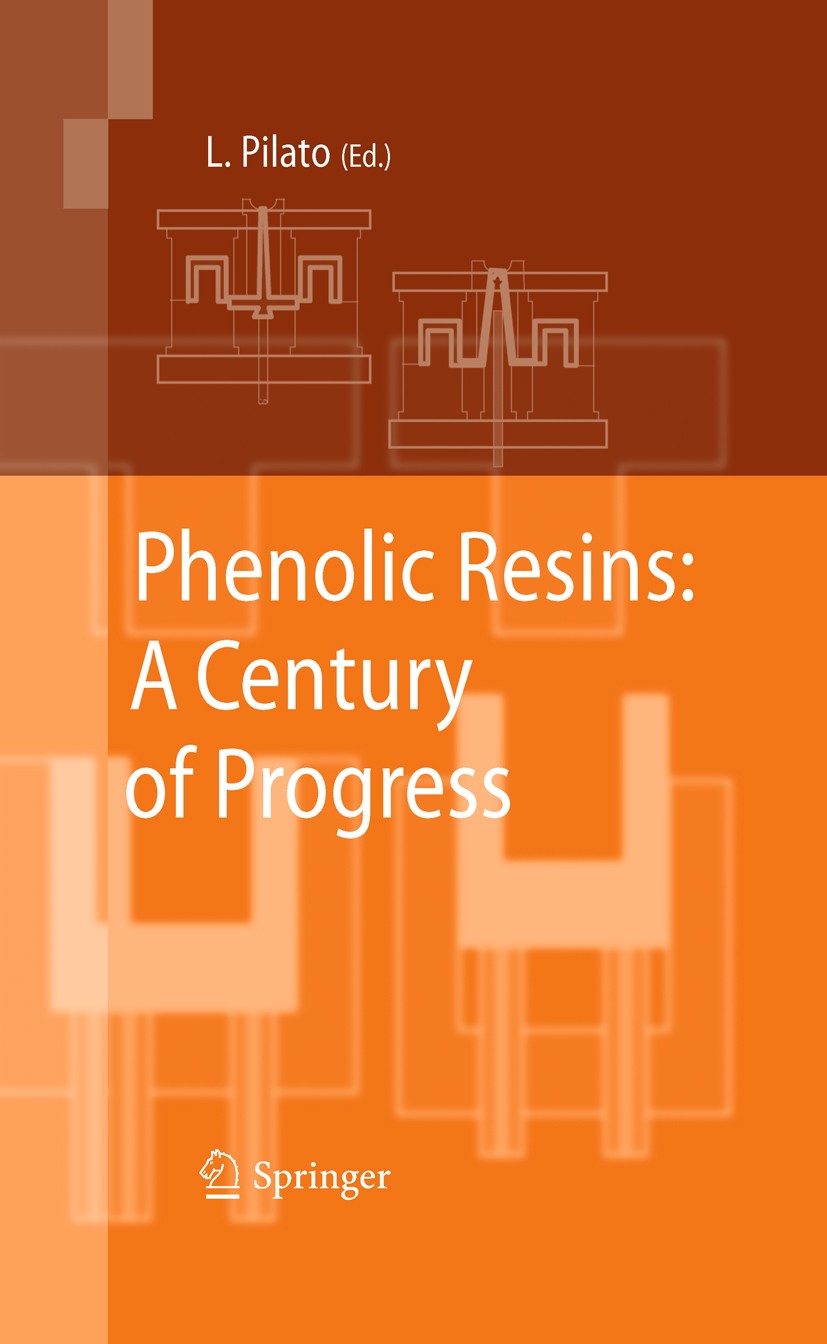| 书目名称 | Phenolic Resins:A Century of Progress |
| 编辑 | Louis Pilato |
| 视频video | http://file.papertrans.cn/746/745827/745827.mp4 |
| 概述 | Application areas are summarized and updated by global phenolic experts.Features a global perspective of phenolic resins through the participation of international (North America, Europe and Asia) phe |
| 图书封面 |  |
| 描述 | The legacy of Leo Hendrik Baekeland and his development of phenol formal- hyde resins are recognized as the cornerstone of the Plastics Industry in the early twentieth century, and phenolic resins continue to ?ourish after a century of robust growth. On July 13, 1907, Baekeland ?led his “heat and pressure” patent related to the processing of phenol formaldehyde resins and identi?ed their unique utility in a plethora of applications. The year 2010 marks the Centennial Year of the prod- tion of phenolic resins by Leo Baekeland. In 1910, Baekeland formed Bakelite GmbH and launched the manufacture of phenolic resins in Erkner in May 1910. In October 1910, General Bakelite began producing resins in Perth Amboy, New Jersey. Lastly, Baekeland collaborated with Dr. Takamine to manufacture phenolic resins in Japan in 1911. These events were instrumental in establishing the Plastics Industry and in tracing the identity to the brilliance of Dr. Leo Baekeland. Phenolic resins remain as a versatile resin system featuring either a stable, thermoplastic novolak composition that cures with a latent source of formaldehyde (hexa) or a heat reactive and perishable resole composition that cures therma |
| 出版日期 | Book 2010 |
| 关键词 | Novolak; PED; Resol; STEM; polymer; thermoset |
| 版次 | 1 |
| doi | https://doi.org/10.1007/978-3-642-04714-5 |
| isbn_softcover | 978-3-642-42607-0 |
| isbn_ebook | 978-3-642-04714-5 |
| copyright | Springer-Verlag Berlin Heidelberg 2010 |
 |Archiver|手机版|小黑屋|
派博传思国际
( 京公网安备110108008328)
GMT+8, 2025-12-17 22:48
|Archiver|手机版|小黑屋|
派博传思国际
( 京公网安备110108008328)
GMT+8, 2025-12-17 22:48


